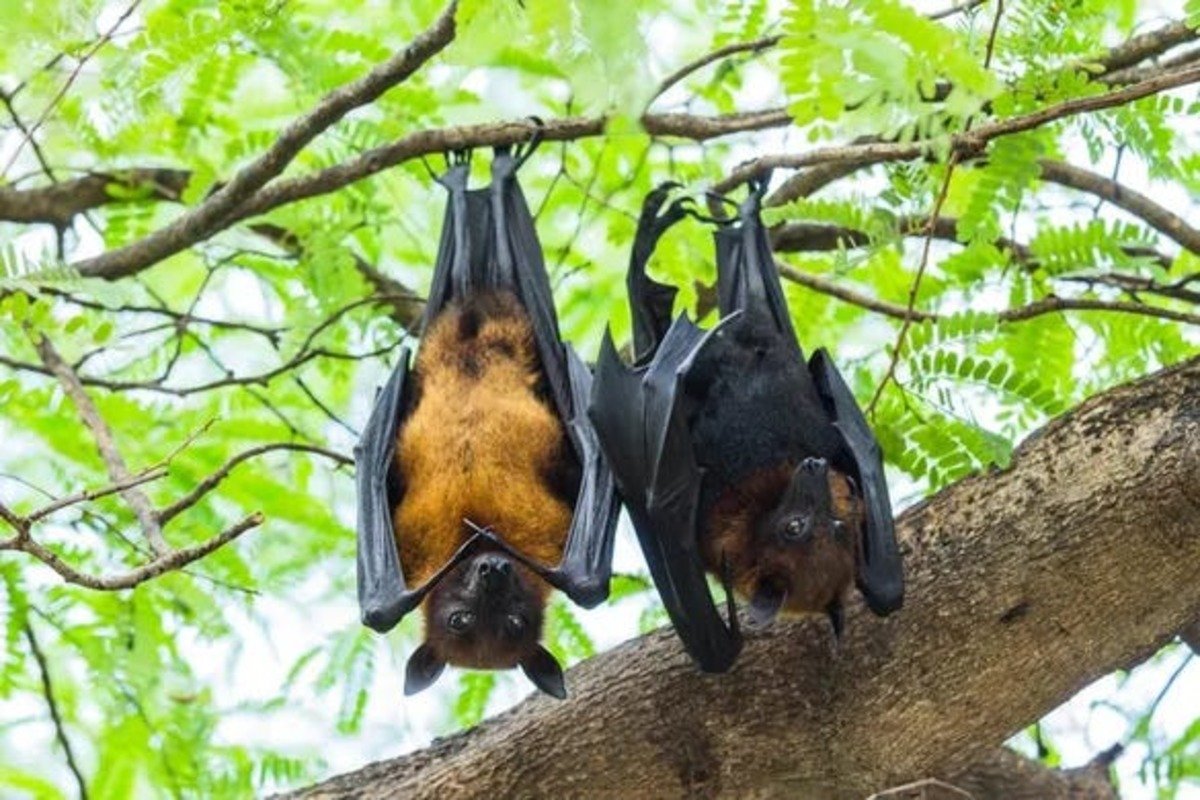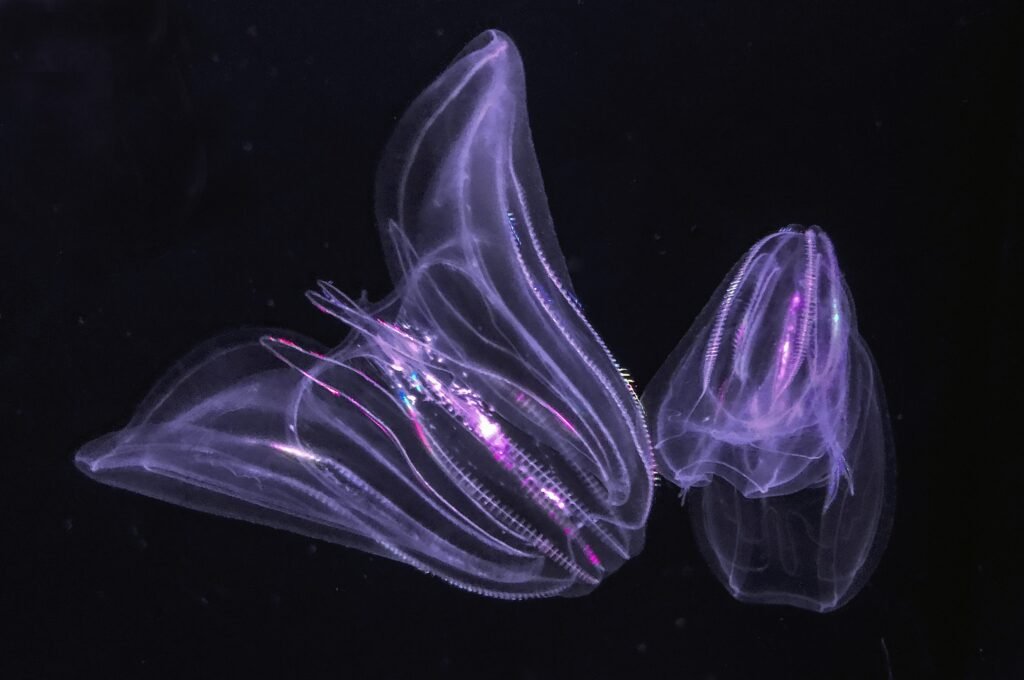Why do bats sleep upside down and fly in the night?
This article explains some unusual facts about why bats (flying mammals) sleep upside down and fly at night. Bats are just waking up when the rest of the world is just sleeping. They soar and fly all night, hunting small animals, plants, and insects.
Do you ever wonder why bats fly at nighttime? Well, they fly at night for several reasons:
- Avoiding Predators: Many of their predators, such as birds of prey, are active during the day. Bats fly at night to lessen the risk of being hunted.
- Hunting Advantage: Nighttime offers better hunting opportunities for bats as their main food source. Insects are more abundant and active during the night. Thus, bats face less competition for food and resources at night.
- Thermoregulation: Flying during cooler nighttime temperatures helps bats save energy reducing the risk of overheating because flying wings produce heat in the body of bats. The thermoregulation process refers to the process of maintaining normal body temperature.

Bats have a specific adaptation of sleeping upside-down with complete ease and comfort as people sleep in bed. We see them in movies as living in caves, hanging upside down in several places including bridges, interiors of hollow trees, and rooftops.
However, bats sleep upside down due to several reasons:
- Protection from Predators: Bats sleep on their backs to protect themselves from predators like owls, snakes, and larger birds. This position helps them fly quickly if they feel threatened. So, it serves as a strategic defense mechanism.
- Energy Conservation: The upside position of bats helps them save energy because it puts them in a position where they are already halfway towards flying.
They only need to open their claws and spread their wings to fly using less energy (unlike normal sleeping posture). Normal sleeping posture will conserve more energy for bats.
- Thermoregulation: This position also helps the bat maintain thermoregulation. The upside-down posture helps bats keep a cool body temperature in the warm season while a hot body temperature is in the cold season.
This habit of bats sleeping on their backs is due to their unique natural ability. Their claws contain unique tendons that allow them to grab something, such as a cave ceiling or a tree branch, and instantly lock claws.

Click here to read the updates on Neonatal Infanticide: Why do cows kill their newborn babies?
So, bats don’t need to expend energy holding on to sleep because this locking mechanism is so powerful and prevents them from falling. However, humans cannot sleep upside down because our bodies don’t have such adaptations.
Humans do not have special tendons or muscles in their feet to lock onto surfaces. Our bodies are created to sleep lying down on a flat surface like a bed. Moreover, sleeping upside down could make blood rush to our heads causing discomfort and potentially health problems, unlike bats.
Tendons are strong fibrous connective tissues to attach muscles to bones while muscles provide contractions to the body to facilitate movement in the body.
Read More:
- Sea creature turns into a baby when it is stressed out showing time travel
- Realme Narzo 70 Turbo 5G launch date, features, specifications & price
- European Space Agency printed 3D metal part in space for first time
- Earth’s mysterious Alaska triangle where over 20,000 people disappeared
- Philips Hue launched a new smart lighting solution for kitchen
- NASA to launch life-searching spacecraft to Jupiter’s moon Europa
Share this content:










Post Comment